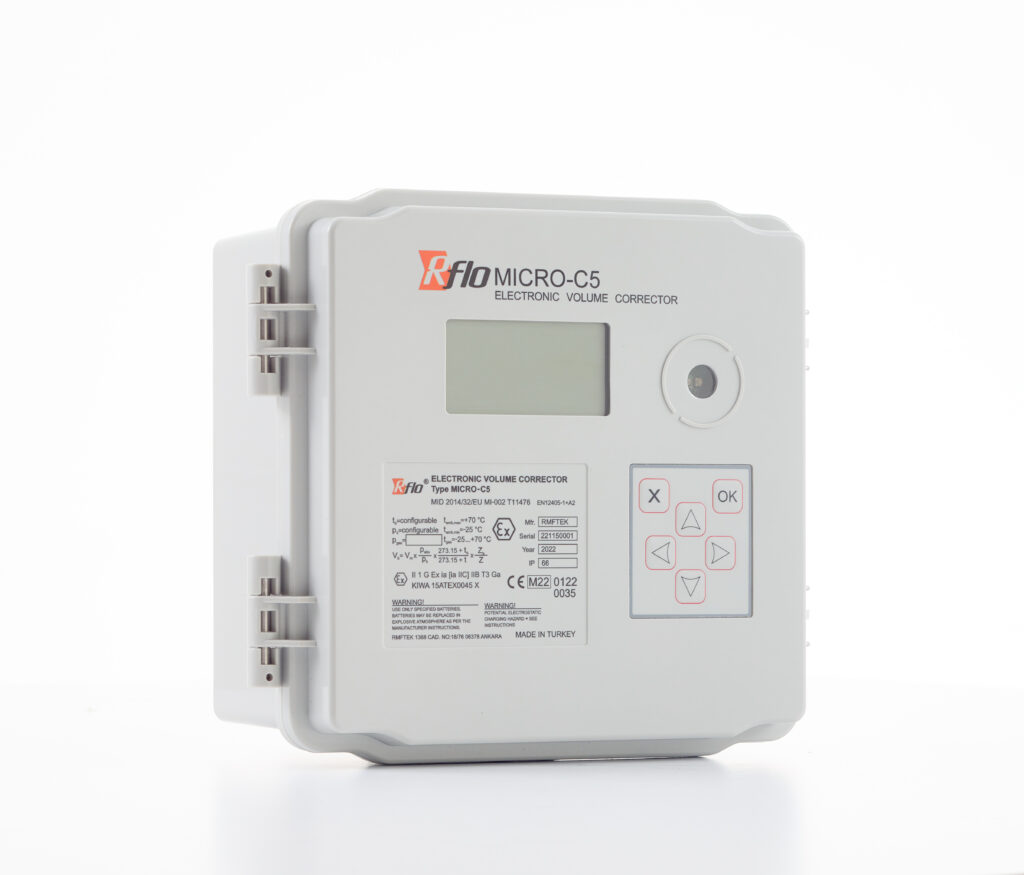Using RMFTEK’s Cathodic Protection Remote Monitoring, you can follow up a cathodic protection (CP) system with the help of an external device. During the process, the CP will be examined to determine its performance and condition. This is done by carrying out functional checks of the rectifier output.
CP is essential to protecting buried metal pipelines from corrosion. Oil and gas companies are responsible for hundreds of kilometres of pipelines. Using an advanced cathodic protection remote monitoring system is one way to keep track of these systems.
Many pipeline operators have used CP systems for years. However, the inspection process is time-consuming, expensive and exposes crews to potential risks from weather and weather-related conditions.
PWATCH-2’s advanced remote monitoring system by RMFTEK can protect a pipeline asset from deterioration by providing a real-time view of the condition of a cathodic protection system. This remote CP monitoring unit is designed to collect and transmit data to a central location. This information can then be stored and accessed by technicians from a variety of devices. These systems provide a reliable and cost-effective means to oversee CP systems and AC mitigation systems.

Prerequisites for RMFTEK
Having the proper cathodic protection system is vital to the success of a pipeline, and it is important to have the right type of protection. In order to ensure optimal functionality, it is important to monitor the performance of the system. Using a remote monitoring solution is a great way to accomplish this. A remote cathodic protection monitoring system can help technicians identify and resolve problems, as well as provide real-time performance data for a variety of applications.
One of the easiest ways to accomplish this is with a wireless cathodic protection monitoring system. These devices offer a number of advantages over their wired counterparts, including remote synchronized interruption of rectifiers, and the ability to monitor the status of the system at a variety of locations. These systems can also be used for inspections. In addition, they can be easily installed inside existing enclosures and can be rapidly deployed to new sites. Lastly, they can help ensure optimal system performance, resulting in extended asset life.


